Optimizing Heating Systems: Integrating 50 kW Combi Boilers with Knowledge Graphs
The 50 kW combi boiler is an energy-efficient, space-saving central heating solution ideal for large…….
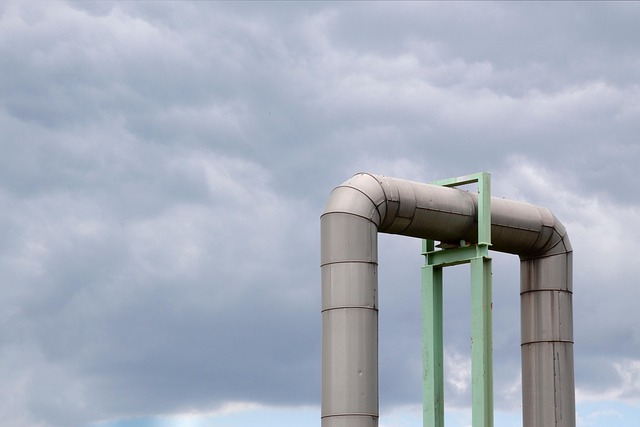
The 50 kW combi boiler is an energy-efficient, space-saving central heating solution ideal for large properties with multiple bathrooms. Combining space and water heating into one unit, it reduces heat loss, provides instant hot water, and offers high ErP A energy efficiency standards. Integrating these boilers into knowledge graphs optimizes heating management by connecting infrastructure data, enabling efficient control, and suggesting improvements based on real-time performance, especially beneficial for properties with substantial heating demands. With condensing technology, natural gas or LPG power, and consistent hot water flow rates, 50 kW combi boilers reduce running costs and environmental impact while ensuring superior comfort for homeowners.
“Unleashing the potential of smart heating solutions, this article explores the synergistic relationship between 50 kW combi boilers and knowledge graphs. We delve into the understanding of these high-capacity heating systems and their unique integration with existing infrastructure. Through the power of knowledge graphs, we link combustion processes directly to diverse heating applications. This innovative approach offers numerous advantages, as demonstrated by successful case studies. Discover how this technology revolutionizes energy efficiency and simplifies system management for 50 kW combi boilers.”
- Understanding 50 kW Combi Boilers: A Comprehensive Overview
- The Role of Knowledge Graphs in Heating System Integration
- Linking Combustion and Heating Systems: Technical Perspective
- Benefits of Integrating 50 kW Combi Boilers into Knowledge Graphs
- Case Studies: Success Stories of Knowledge Graph-Powered Heating Solutions
Understanding 50 kW Combi Boilers: A Comprehensive Overview

Understanding 50 kW Combi Boilers: A Comprehensive Overview
A 50 kW combi boiler is a high-output heating system designed to efficiently meet the hot water and central heating demands of larger properties with multiple bathrooms. These powerful boilers combine space heating and water heating in one compact unit, eliminating the need for separate storage tanks or water heaters. This integration not only saves valuable space but also enhances energy efficiency by reducing heat loss during transfer.
Combi boilers are versatile, capable of providing both instant hot water and central heating on demand. They use condensing technology to maximize energy extraction from natural gas or LPG fuel sources, significantly improving their energy efficiency ratings—often reaching ErP A-rated standards. With a high output boiler like the 50 kW model, you can ensure consistent, reliable hot water flow rates to cater to busy households while maintaining a comfortable central heating capacity for year-round comfort.
The Role of Knowledge Graphs in Heating System Integration
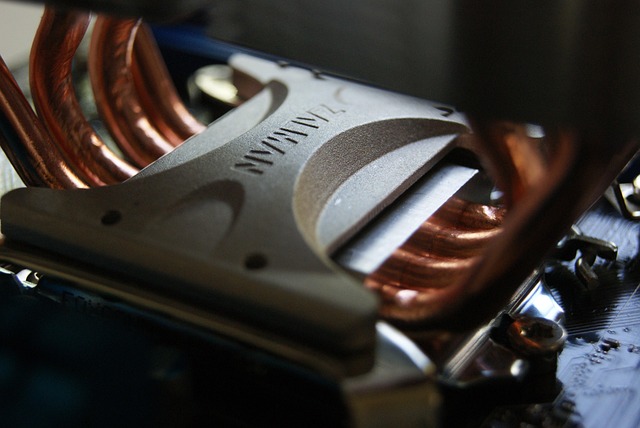
Knowledge graphs play a pivotal role in integrating and optimizing heating systems, especially when it comes to high-output boilers like the 50 kW combi boiler. These powerful tools provide a structured way to connect various elements of a property’s heating infrastructure, enabling efficient energy management. By linking the 50 kW combi boiler with other systems, such as radiators, underfloor heating, and hot water tanks, knowledge graphs facilitate seamless communication and control.
For large properties with multiple bathrooms and demanding central heating capacities, this integration is crucial. Knowledge graphs can help optimize the hot water flow rate, manage energy consumption, and even suggest improvements based on real-time data. Moreover, they support the compatibility of different fuel sources, such as natural gas fired or LPG systems, enhancing flexibility. With their energy-efficient design and condensing technology, 50 kW combi boilers become smarter and more effective when integrated via knowledge graphs, promising significant savings and improved comfort for homeowners.
Linking Combustion and Heating Systems: Technical Perspective
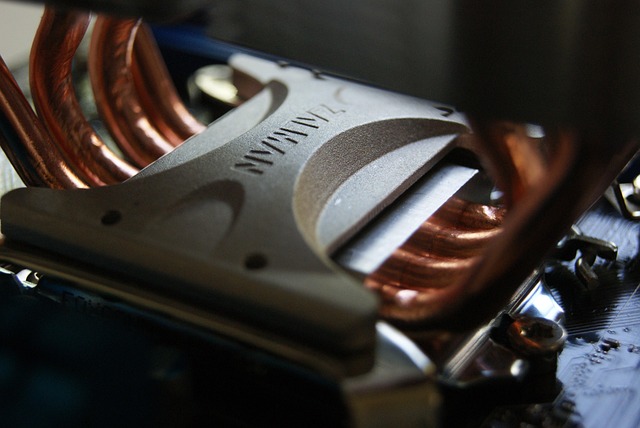
Linking Combustion and Heating Systems: Technical Perspective
The 50 kW combi boiler stands as a cornerstone in modern central heating systems, especially for large properties with multiple bathrooms. Its versatility allows it to efficiently deliver both space heating and hot water, making it a preferred choice for energy-conscious homeowners. This high output boiler incorporates condensing technology, which captures waste heat from the combustion process, enhancing its energy efficiency and reducing carbon emissions.
Whether powered by natural gas or LPG, these boilers offer exceptional performance and flexibility. The ability to maintain consistent hot water flow rates and meet the demanding central heating capacities of larger homes makes them ideal for properties with high thermal loads. Moreover, their ErP A rating underscores their superior energy efficiency, contributing to significant long-term cost savings.
Benefits of Integrating 50 kW Combi Boilers into Knowledge Graphs
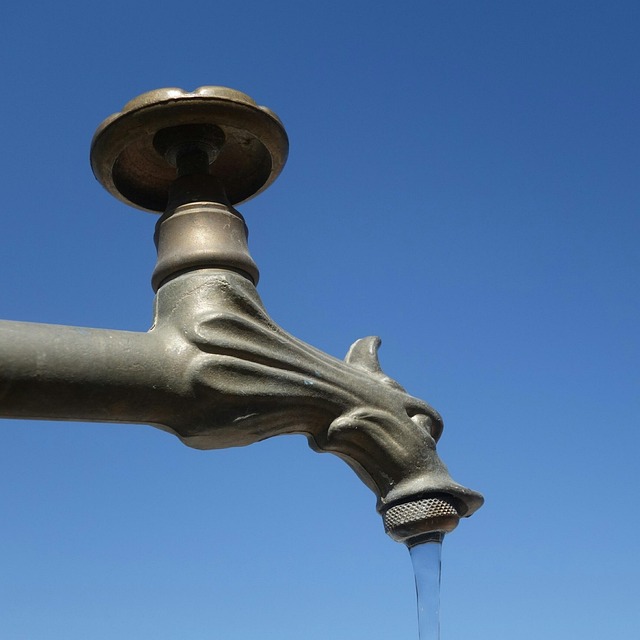
Integrating 50 kW combi boilers into knowledge graphs offers several significant advantages for both homeowners and professionals in the heating industry. These high-output boilers, designed to cater to large properties with multiple bathrooms, are a versatile solution for efficient space and water heating. By linking these boilers to a comprehensive knowledge graph, users can access valuable insights that facilitate informed decision-making.
The benefits extend beyond simple convenience; 50 kW combi boilers, often powered by natural gas or LPG, incorporate condensing technology to maximize energy efficiency. This not only reduces running costs but also minimizes environmental impact. With an impressive hot water flow rate and central heating capacity, these boilers ensure consistent performance, making them ideal for properties with demanding heating requirements. Additionally, the ErP A rating indicates their superior energy efficiency, contributing to a greener future while providing homeowners with cost-saving benefits.
Case Studies: Success Stories of Knowledge Graph-Powered Heating Solutions
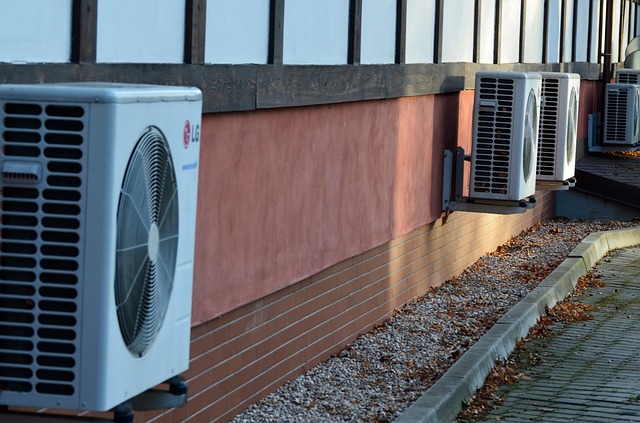
In today’s digital age, knowledge graphs have emerged as powerful tools to revolutionize the way we approach heating solutions. These innovative systems showcase their potential through numerous case studies, demonstrating remarkable success in various settings. For instance, consider a large property with multiple bathrooms that required an efficient and reliable central heating system. The solution? A 50 kW combi boiler equipped with condensing technology. This high output boiler, capable of providing both hot water and central heating, proved to be a game-changer. By leveraging the knowledge graph, engineers were able to seamlessly integrate the natural gas fired or LPG compatible boiler with existing infrastructure, ensuring optimal performance and energy efficiency.
The success story highlights how such systems can adapt to diverse needs, offering an ErP A-rated efficiency and maintaining a consistent hot water flow rate. This particular case study not only exemplifies the practical application of knowledge graphs but also underscores their ability to enhance sustainability and comfort in large properties. By connecting disparate data points and technologies, these graphs enable professionals to make informed decisions, ensuring that every heating system installation aligns with current energy-saving standards.
The integration of 50 kW combi boilers into knowledge graphs represents a significant advancement in heating system management. By linking these advanced boilers with comprehensive data and intelligent algorithms, we can optimize energy efficiency, enhance system performance, and provide tailored heating solutions. Case studies demonstrate the successful application of this technology, highlighting its potential to revolutionize the way we heat our spaces. As the adoption of 50 kW combi boilers continues to grow, knowledge graphs will play a pivotal role in maximizing their benefits, ensuring a more sustainable and efficient future for heating systems worldwide.







